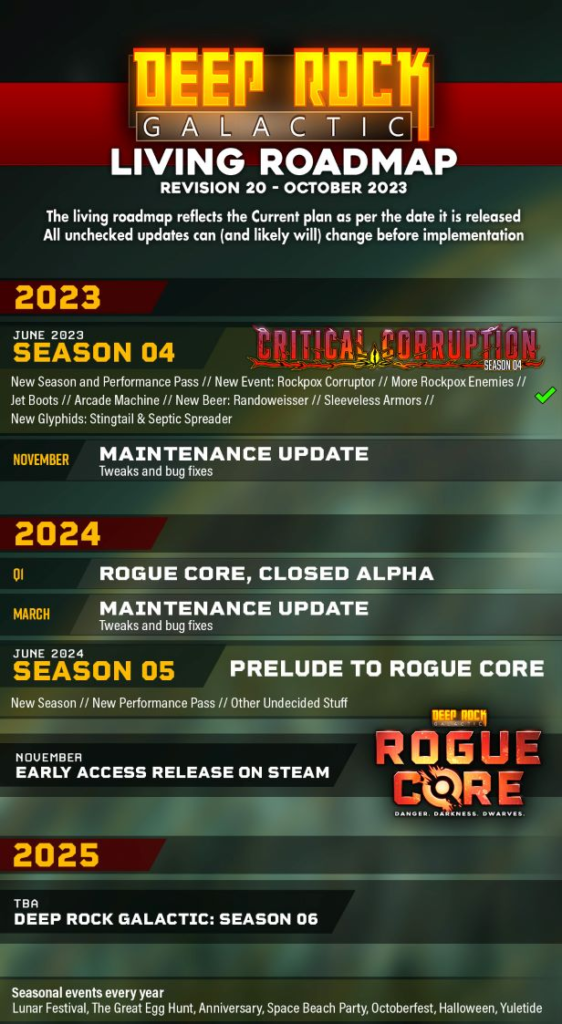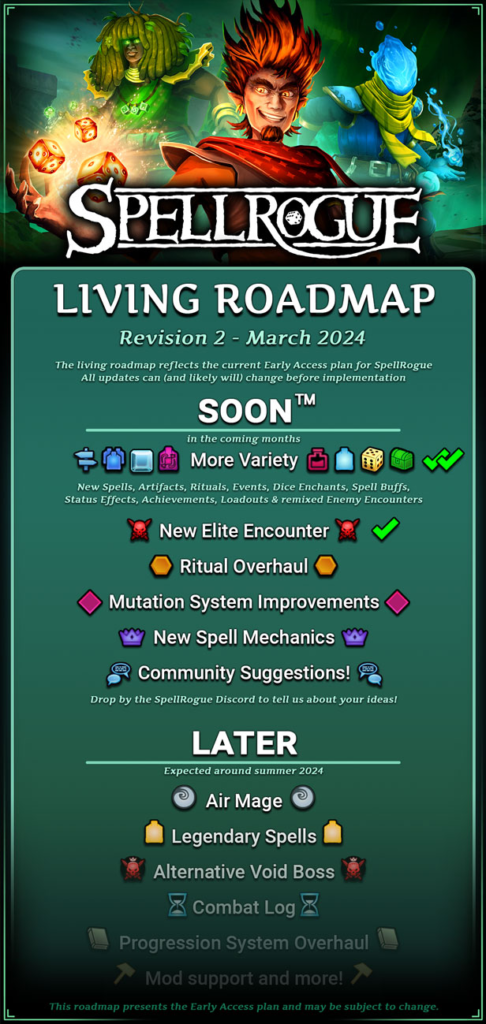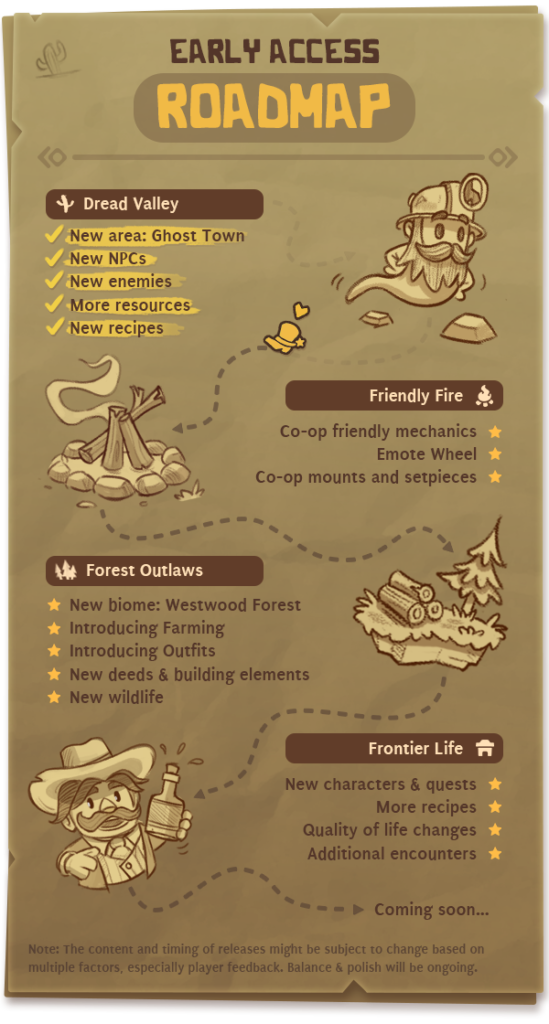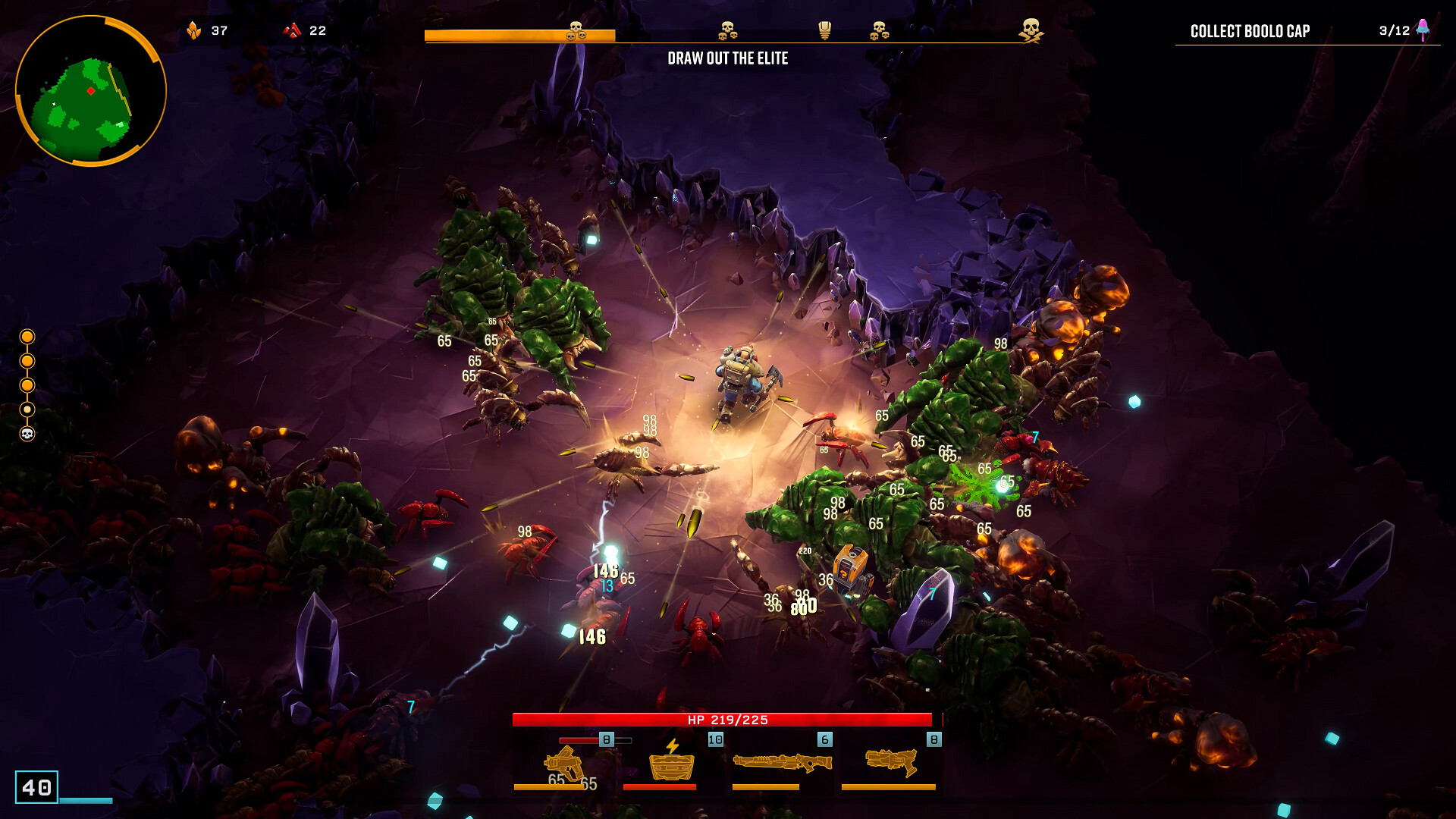
I will be honest, I don’t get Early Access. Why would teams want to subject themselves to that exposure to the community with an unfinished game? How do you navigate having the game feel good and have enough content but not TOO much content?
However, the Ghost Ship Games and Funday Games teams have at least 4 games that were in early access or were recently released. Here is the list
So I used this as a chance to ask them some important questions about how Early Access works and whether your game is right for it.
Why EA?
We love early access because that’s where we had our success. We believe it is a perfect teaching tool for a developer to learn how to build a game with a community. But, you need to make sure you have that initial success so you don’t ground out and are left on the floor by the algorithm.
Søren Lundgaard
We have seen both sides of the coin. Don’t Die in the West had a tough time in the first few months. With DRG:S we were reaching the end of the road of our initial design vision, so it was the perfect time to launch and get our players input on it. I feel it was perfect for this game.
Anders Leicht Rohde
How do you know when you are ready?
You can release with less content than a 1.0 game. But you need a high quality game with the content that you release. It can’t be super buggy.
Anders Leicht Rohde
But what do you learn from EA?
When a team builds in EA they learn, in a more controlled fashion, how to release and work with a community. When they then come to the 1.0 release they will be much more prepared for the post-release live-ops part of it.
Søren Lundgaard
The stuff we are learning now, would lead to a much better 1.0 than if we didn’t do it.
Anders Leicht Rohde
What skills does a team learn from early access?
It’s easy to read everything that the community writes, or tells you, or listen to the streamers. But it is really difficult to know how to respond to that in steam patch notes, or on discord, or on reddit. It comes down to the wording, the commitment. We advise teams to always use “probably” “maybe” and not so much absolute statements. Always put in an escape route. We always underpromise, over deliver. We never get into arguments (with the community). We say what our decision is. But we very rarely and mostly not do not go into the arguments because the context is different. It is not worth it.
Søren Lundgaard
When you design games you are in a bubble and you need that input that you are creating the content and features that the community wants. You need to take your creative view on this because people will still ask for features that we will not add because it is not part of the package of what we envision for this game to be.
If we had done 1.0 we might have created 30% of content that wasn’t interesting for the community of players. We created surveys for when people exited the game about what they wanted to see in the next update and it was super useful.
Søren Lundgaard
Designing in a safe haven
There has been a lot of feedback and a lot stuff that didn’t work out and I appreciate the sentiment from the community that it is ok because it is Early Access. It is more of a safe haven….You can go into EA and say “We are ready to learn here” if you are not willing to do that, just go to 1.0.
Anders Leicht Rohde
What is the minimum of content for EA?
Different genres perform differently. We talked about it in terms of playing hours. We wanted to hit 20 hours of interesting gameplay. That includes grinding (some parts are grindy) but we wanted to hit 20 hours. This is why you need to do this with games that are built on systems and not built on hand made content because they will chew through it and move on.
Søren Lundgaard
We intentionally built the game to be grindy, both because we love grindy games but also to ensure that the hours are there. To be honest some of the systems in the EA version of the game are not complete yet and thus are, at the moment, unnecessarily grindy. We get a little bit of critique from the players. On the other hand when we have a playtime that is so high…they kind of enjoy it, even if they don’t want to admit it. We expect to add a lot of systems in future updates that add even more play time.
Anders Leicht Rohde
Summary: What I learned from the EA masters
So based on their comments here is my evolved thoughts on whether you should do EA
Do not do EA if:
- Your game has hand-built content that someone can just rip through.
- Your team is not ready to learn. They really need to be ready to adapt their design skills based on data and feedback.
- You don’t want to engage with a community and work with them.
- You do not have 10-20 hours of content ready.
- You are doing it because you are out of money and your game is not finished.
- The core loop is not perfect.
- Your game has a bit of “jank.”
Do EA if:
- Your game has systems-driven content. That means a mechanic or game mode is what provides the content.
- Your team wants to learn how to interact with the community and is ready to adapt.
- You are aware that you shouldn’t design too much without player input.
- You have 10-20 hours of content ready to be played and your game design is sturdy enough to support adding even more content throughout EA.
- You can be diplomatic, and stay out of fights with your community.
- You are ready to add a lot more content to your game.
- You are planning on doing live services on the game after release.
I still think releasing a game in EA is game development hard mode. It is essentially a force multiplier. If your game has initial success, you can ride that train for a long time to develop your game. The benefit is that you can get away with releasing sooner than you would if you released it full and start earning money. You also get to ensure that the game design is relevant to players.
However, the real risk is if your game is not ready, or the right type of game, you can wreck your launch. Based on my research, if you don’t have a great EA launch, it is very very hard to recover. If the game “fails” at launch you are facing low sales and an angry community that expects constant updates. That can be very demoralizing to a team.
High risk, high reward.
This chart shows how hard it is to have a successful launch based on your initial 1 month of E.A. I wrote more details about it here.
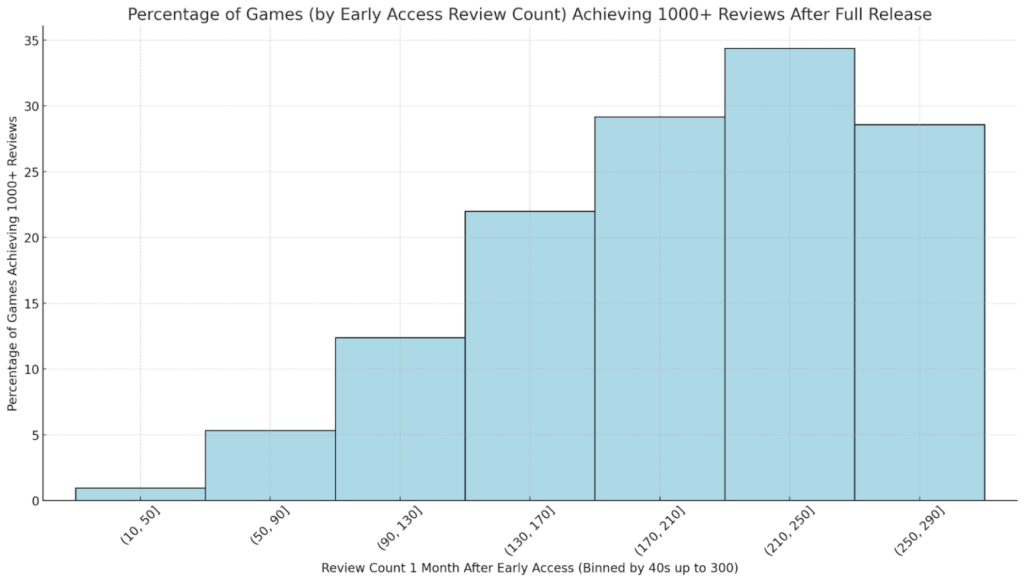
Communicating with the community
Soren said he said one of the skills teams that are new to EA need to learn is how to communicate with the players. I am just going to use this as an excuse to drop in the great roadmaps their teams make. Just soak them in:

